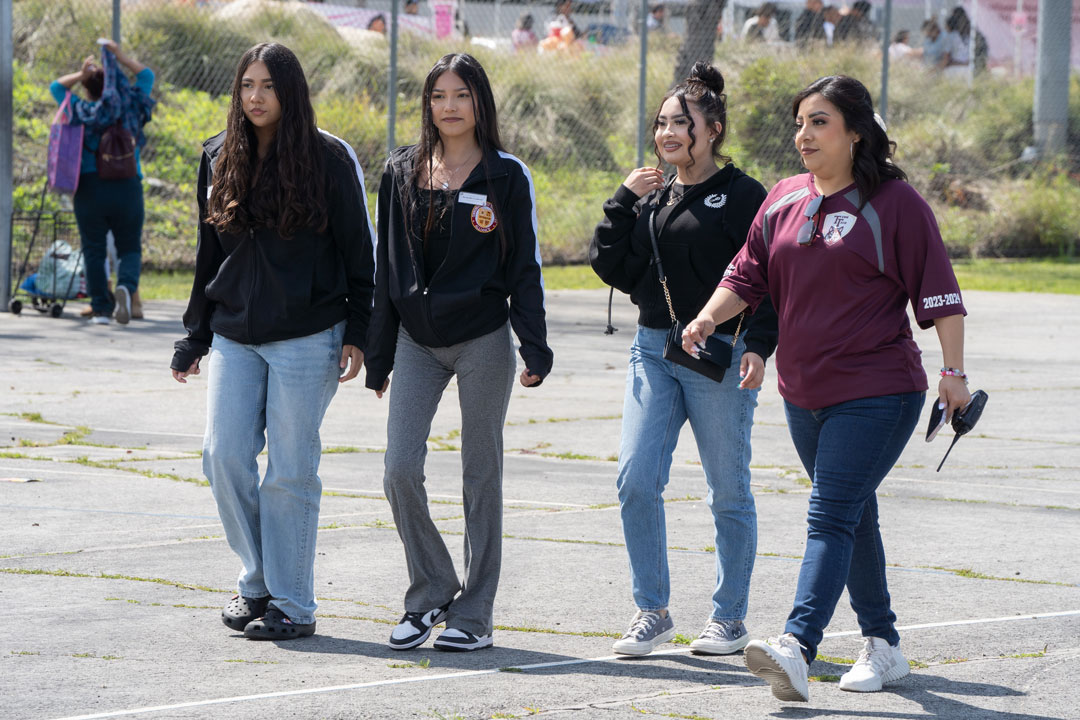Changing the Conversation
For the last hundred years, public schools have been the default option for most Americans. Unless a family chose a school for religious reasons or had the financial freedom to choose an elite private school, the neighborhood public school was the obvious choice.
Since the founding of our nation, the principles of American democracy have required an educated population to understand and ensure citizens’ rights and responsibilities. In the 19th century, educational reformer Horace Mann advocated for a free and non-sectarian public school system that provided equitable learning for students of all backgrounds, genders, and income levels.
Recent legislation has raised questions around educational policies regarding family school choice. As a leader in the educational advocacy space for decades, Alliance College-Ready Schools Foundation encourages this passionate discussion. It brings to light the exact concerns that our nationally ranked schools address successfully, from ensuring a supportive educational environment to setting a scholar on the path to college-ready success.
Financing Educational Foundations
The current conversation centers around educational funding. Historically, public schools have been financed by local taxes. Though the intention is excellent and equitable education for all, an imbalance often forms between public schools within the same area. Economically prosperous areas have more taxes funneled back into local schools than neighboring zip codes. This is why the Alliance College-Ready Public Schools Foundation has spent more than 20 years advocating for educational resources for historically underserved youth.
Though recent legislation hopes to spur tax-deductible donations to nonprofits that will then provide educational scholarships, these numbers are dependent on the involvement of individual donors, organizations, and legislators. They also raise concerns about the efficacy and implementation.
In California, the charter school system successfully addresses these imbalances. Charter schools provide tuition-free education that is accessible to all, while providing family choices in their child’s education. Because charter schools like Alliance have more flexibility in educational methods, we can adapt more quickly, but are still held to a high standard. Publicly tracked outcomes keep charter schools accountable to the local community.
Public vs Private: Perception Versus Reality
Parents prioritize academic quality and safety when choosing a school. Though there is sometimes a perception that private schools have more rigorous academic and safety standards, there is a wider variety of outcomes in both public and private sectors than most realize.
Private schools are taking more public money, but they are not held to the same standards. They are not regulated as closely for educational content, use of funding, teacher training, safety procedures, and educational outcomes. In one 2019 randomized control study in Louisiana, the use of voucher programs to attend private schools “indicate large negative effects” in students compared to similar peers, especially in math.
Community Impact
There are also equity concerns surrounding the less rigorous regulation of private schools. Private schools are not required to enroll students with a disability. And socioeconomic differences are often amplified. Even with multiple funding sources, the scholarship amount raised would not cover tuition in many private schools, so students with the greatest need are still left in the funding gap.
Many state leaders are also concerned with the wider community impact of taking money earmarked for local children and funneling it to private schools. Even if a public school has slightly lower staffing or consumables costs from fewer enrollments, it still has ongoing institutional needs such as building and administrative costs. A public school also holds the ongoing commitment to educating all students, including those that a private school may not be able or willing to enroll. This leaves the most vulnerable students the most negatively impacted.
A Wise Choice
Alliance encourages all families to research the factors that are most important to them when choosing an educational home for their scholar. Trusted sources such as the U.S. News & World Report List of Top Schools and Niche’s Best Schools offer overall rankings and scores on specific prioritized areas.
An Alliance scholar benefits from the academic rigor parents are looking for without making sacrifices for location and socialization. The scholar attends a local campus that functions as a community hub filled with subject-expert credentialed teachers. They learn in a group of similar-aged peers of friends and neighbors. And working parents can rest assured that their scholars are safely supervised in the robust after-school and summer extracurricular arts and sports programs.
In the conversation about what to value in educational choices, Alliance stands confidently in our reputation for building excellent schools that prioritize community, safety, and academic excellence. We support the foundational belief that public schools serve the common good. They create thoughtful and engaged citizens who are prepared to thrive in the workplace and our wider democracy.
Source:
Additional sources:
- https://www.edchoice.org/school-choice/voucher/
- https://www.nytimes.com/2025/07/03/us/federal-voucher-program-congress-private-school-tuition.html
- https://www.edchoice.org/beyond-enrollment-what-parents-really-want-from-their-childrens-education/
- https://laalliance.org/
- https://nces.ed.gov/pubs97/97983.pdf
- https://bpb-us-e1.wpmucdn.com/wordpressua.uark.edu/dist/9/544/files/2019/04/Mills-Wolf-LSP-Achievement-After-4-Years-final-ut3mor.pdfhttps://mann.sandiegounified.org/about_us/school_history/who_was_horace_mann

